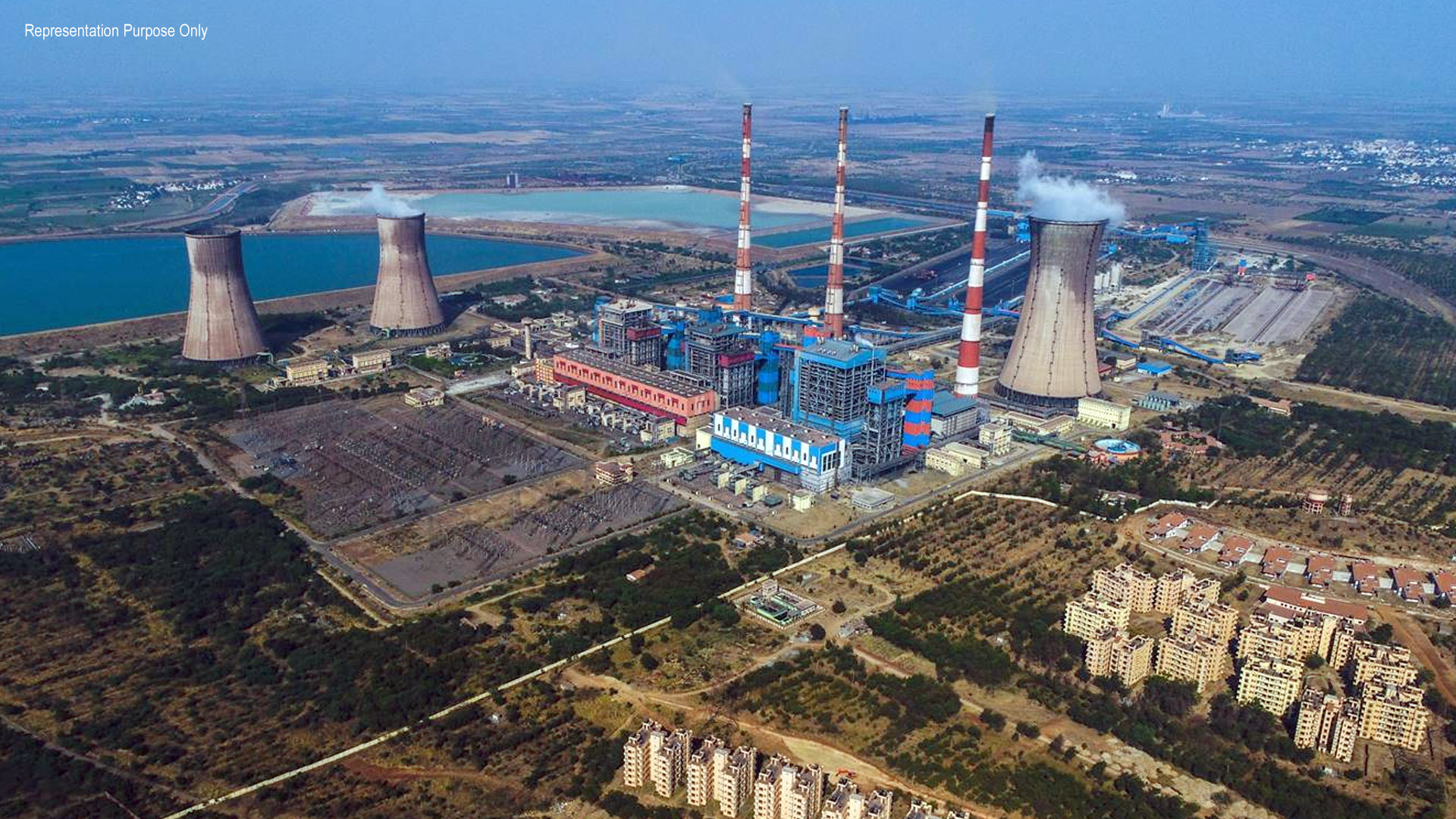Flue Gas Desulphurization (FGD), a unique technology is being implemented in thermal plants, which reduces sulphur contents from the fossil fuel emissions which are harmful to the environment.
Globally, fossil fueled power stations are experiencing increasing pressure to operate with maximum efficiency and minimum emissions.
Around half of India’s power generation is based on fossil fuels. When coal burns in power plants, sulphur in the coal creates sulfur dioxide emissions, which are harmful.
The Ministry of Environment, Forest and Climate Change (MoEF & CC) has stipulated to install the Flue Gas Desulfurization (FGD) technology in all thermal power plants to curb sulphur emissions.
FGD removes sulphur from exhaust flue gases of fossil fuels-fired power plants. Once these FGD systems are installed, the amount of sulfur dioxide released into the air will drop below the limits set by environmental regulations
Bellary Thermal Power station, located in Kudathini Village, Bellary District in Karnataka state, run by KPCL a government of Karnataka undertaking. This power generating plant is located at Kudathini village on Hosapete - Ballari.
There are three units, two are with 500 MW capacity each, having generating capacity of 12 million units per day and a 700 MW capacity unit.
This Bellary Thermal Power Plant is getting an upgrade to meet environmental standards set by the Ministry of Environment and Forests (MoEF). They're installing something called FGD technology, which helps reduce pollution.
MEIL will be setting up this special FGD plant. It's a big step towards making the power plant cleaner and safer.
Here's how it works:
When coal is burned to generate electricity, it releases gases into the air. Some of these gases, like sulphur dioxide, can be harmful to the environment. To clean up these gases, power plants use Flue Gas Desulfurization.
The gas from burning coal is sent through a series of fans to a special cleaning area. In this area, a mix of limestone and gypsum is sprayed into the gas. These materials act like sponges, soaking up the harmful gases.
To make sure every bit of gas gets cleaned, the limestone and gypsum mix is sprayed into the gas in tiny drops. This creates a lot of surface area for the gas to come into contact with, making the cleaning process really effective.
Once the gas is cleaned, it's released into the air through a wet stack, which is basically a tall chimney. This ensures that any remaining pollutants are safely dispersed into the atmosphere.
The most effective gas-liquid contact and consequently, SO2 removal is achieved by sophisticated technology of atomizing the suspension in several subsequent spray bank levels, each of which is operated by its own recirculation pump.
The whole FGD system runs automatically, so power plant operators don't have to constantly monitor it. It's an important way for power plants to reduce their impact on the environment.
Sulphur content after FGD process as per environmental norms to be achieved 100 mg/Nm3.
The Gypsum will be used for Plaster of Paris and Gypsum boards etc.
